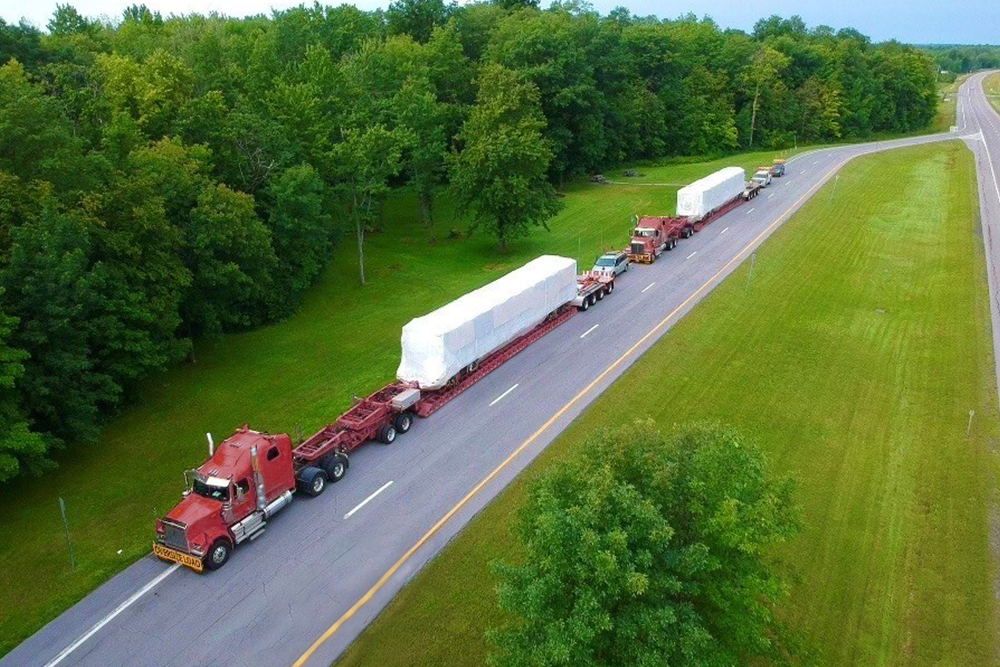When it comes to transporting heavy loads across the United States and Canada, ensuring the safety of not only the cargo but also other drivers on the road is of utmost importance. This is where pilot cars, also known as escort vehicles, play a crucial role. Pilot cars are required to accompany oversize vehicles to help navigate traffic, obstacles, and ensure safe passage throughout the journey. However, the regulations surrounding pilot cars can vary significantly from state to state and country to country. In this article, we will delve into the specifics of understanding state regulations for pilot cars in heavy load transport in the United States and Canada.
United States Regulations
In the United States, each state has its own set of regulations when it comes to pilot cars. It is essential for anyone involved in heavy load transport to familiarize themselves with the specific requirements of the states they will be traveling through. Some key points to consider include:
- Certification: Many states require pilot car drivers to be certified. Certification typically involves completing a training course that covers topics such as traffic control, communication procedures, and emergency preparedness.
- Equipment: Pilot cars are often required to be equipped with certain safety equipment, such as flashing lights, flags, and signs. It is important to ensure that the pilot car meets all the necessary equipment requirements for each state it will be traveling through.
- Insurance: States may have specific insurance requirements for pilot cars. It is essential to have the appropriate insurance coverage to operate legally within each state.
- Route Planning: Pilot car drivers are responsible for planning the route and ensuring that there are no obstacles that the oversize load cannot navigate. This includes checking for low bridges, sharp turns, and road closures along the way.
Canadian Regulations
In Canada, the regulations surrounding pilot cars are set at the provincial level. This means that the requirements can vary depending on the province in which you are operating. Some key aspects to consider when it comes to pilot car regulations in Canada include:
- Certification: Similar to the United States, many provinces in Canada require pilot car drivers to be certified. Certification typically involves completing a training course and passing an exam to demonstrate competency in escorting oversize loads.
- Equipment: Pilot cars in Canada are required to have specific equipment, such as warning lights, signs, and communication devices. It is essential to ensure that the pilot car is equipped with everything necessary to comply with provincial regulations.
- Flagging: In some provinces, pilot cars are required to use flags to warn other drivers of the oversize load ahead. Understanding the flagging requirements in each province is crucial to ensure compliance with regulations.
- Communication: Effective communication between the pilot car driver, the oversize load driver, and other vehicles on the road is essential for safe transport. Understanding the communication procedures required in each province is key to a successful journey.
Final Thoughts
Navigating the state regulations for pilot cars in heavy load transport in the United States and Canada can be a complex process. However, by taking the time to understand the specific requirements of each state and province, you can ensure that your transport operation is compliant with all relevant regulations. Safety is paramount when it comes to transporting oversize loads, and adhering to pilot car regulations is a crucial step in ensuring the well- being of everyone on the road.

